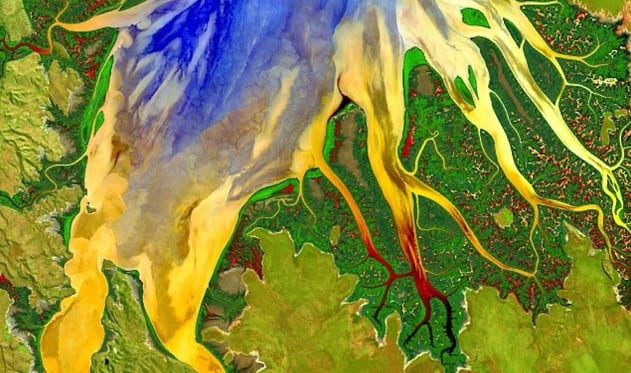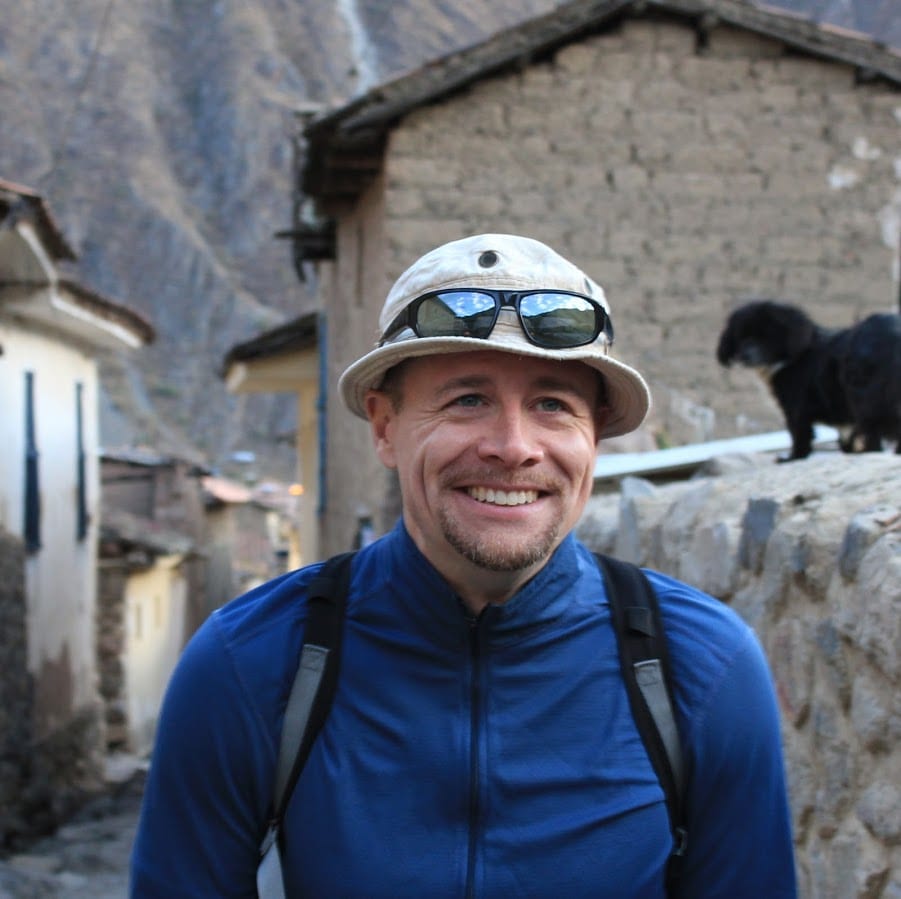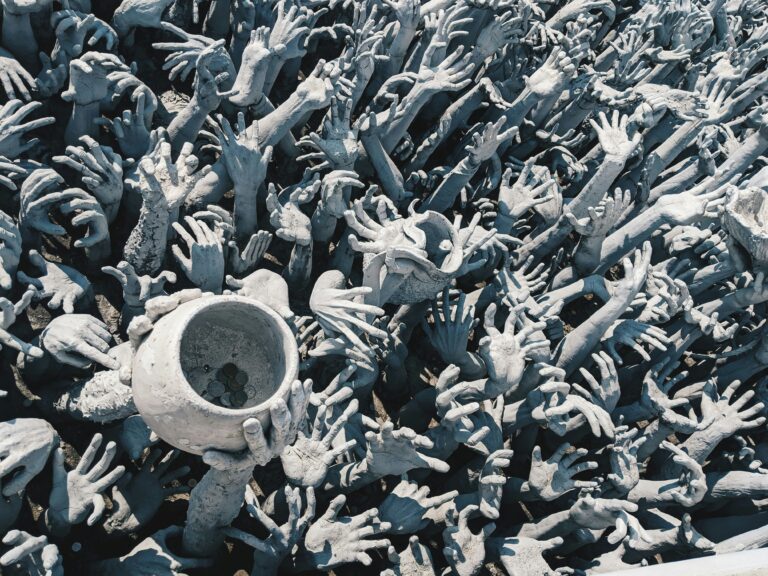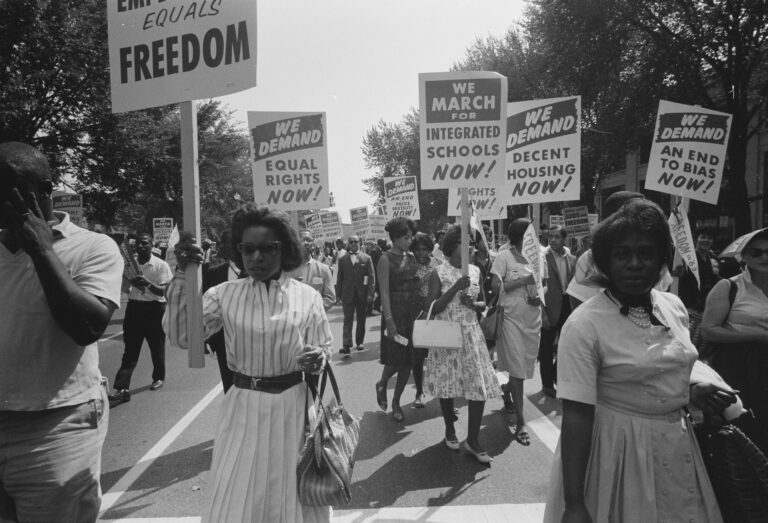“Things are getting worse and worse and better and better, faster and faster.” At no time has this climate koan felt more apt than now. The messages from Earth, as interpreted by scientists, are coming faster and in greater numbers with alarming warnings. At the same time, our human response is also accelerating, even as it is difficult to know whether other actions to exploit more fossil fuels or to destroy more tropical forests are outweighed. As I struggle to maintain balance amid the torrent of sometimes conflicting information, I rest in my larger body and in the certainty that following my heart and caring for our world is not dependent on answers to the unanswered questions. It is just my true nature.
Okay, breathe … and let’s dive in.
In the world of climate science, October saw the release of the final synthesis report of the Intergovernmental Panel on Climate Change, the world’s top climate scientists as selected by every government on Earth to analyze and summarize the science to date. The report, which is so comprehensive it can only be produced every 7 years, shows with more conviction what we already knew: climate change is here today, the impacts we are seeing are predominantly the result of human activity, and the window to avoid the worst future impacts is closing fast. For me, the biggest take aways from the report were the growing confidence in the science community that impacts and events we are seeing today are already influenced by human-driven climate change. “No single event can be attributed to climate change” is being replaced by “all weather events are now impacted by an atmosphere juiced up with more moisture and energy.” This is a big shift. I think this graphic from the report illustrates the point, providing a good visual summary of effects all over the globe and scientists’ confidence level that these are being impacted by climate change.
In mid-November, the US federal government released a very useful set of practical tools to help local communities prepare for the effects of climate change. The U.S. Climate Resilience Toolkit was called for in the President’s Climate Action Plan, announced in June 2013. The toolkit includes resources to help communities with easy access to information ranging from which neighborhoods are likely to flood in future storm surges to how future drought conditions could affect local agriculture. Would your town benefit from this information? Who should see it?
On the policy front, the mid-term elections in the United States resulted in the Republican Party taking control of the Senate and increasing its margin in the House of Representatives. These results led many to write that climate action would become stalled or rolled back. No sooner had the ink dried on those reports than President Obama and Chinese President Xi stunned the world by announcing a new agreement, the first of its kind, to address carbon pollution and clean energy in the world’s two largest economies and polluters. Although the commitments from both nations are not as ambitious as the science requires, the agreement is widely seen as a political game-changer that has sent positive ripples globally and injected energy and optimism into the UN climate talks.
Just days after this announcement, President Obama announced that the United States would contribute $3 billion to the newly established Green Climate Fund, which will support poorer developing countries in preparing for climate change and moving toward clean energy. The US contribution was quickly followed by a $1.5 billion pledge from Japan and a $1.1 billion pledge from the UK. In total, the fund is now approaching $10 billion and these contributions represent a major new source of support for poorer countries who are least responsible for climate change, but the first to feel the effects. The pledge also provide an element of trust between rich and poorer countries as the world’s leaders travel to Lima, Peru for the upcoming UN climate talks, which you can read more about here and get involved to support.
I hope you find this update useful. Starting this week, I am in Lima for the negotiations and will offer some additional thoughts when I return. Please feel free to leave questions in the comments section below or email to .








